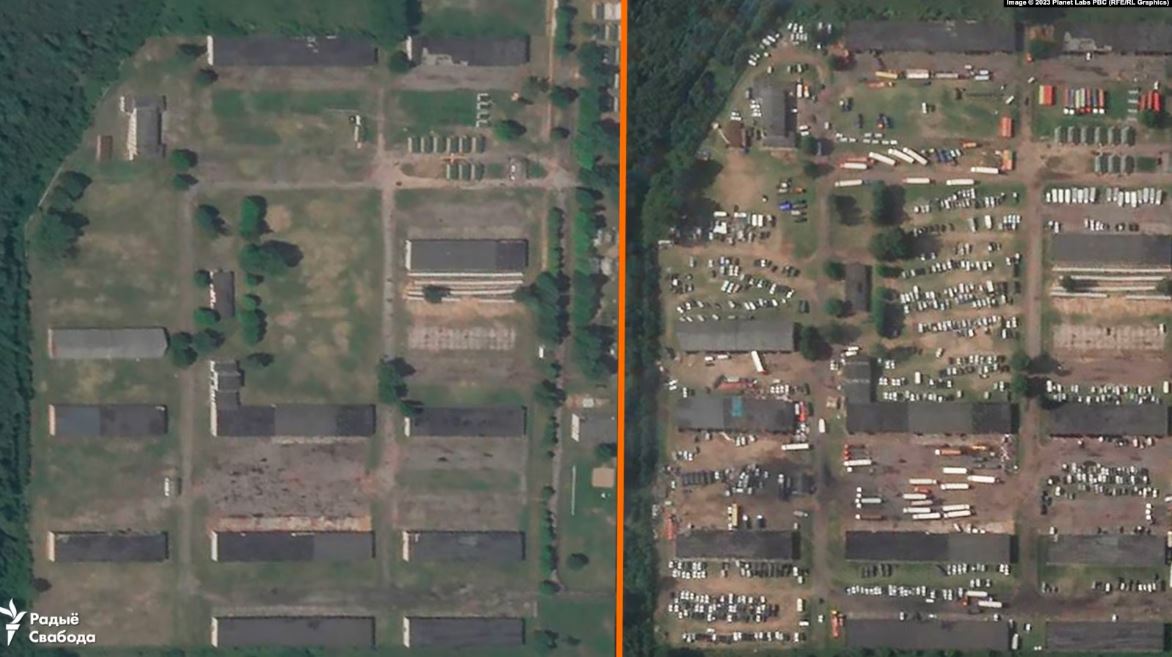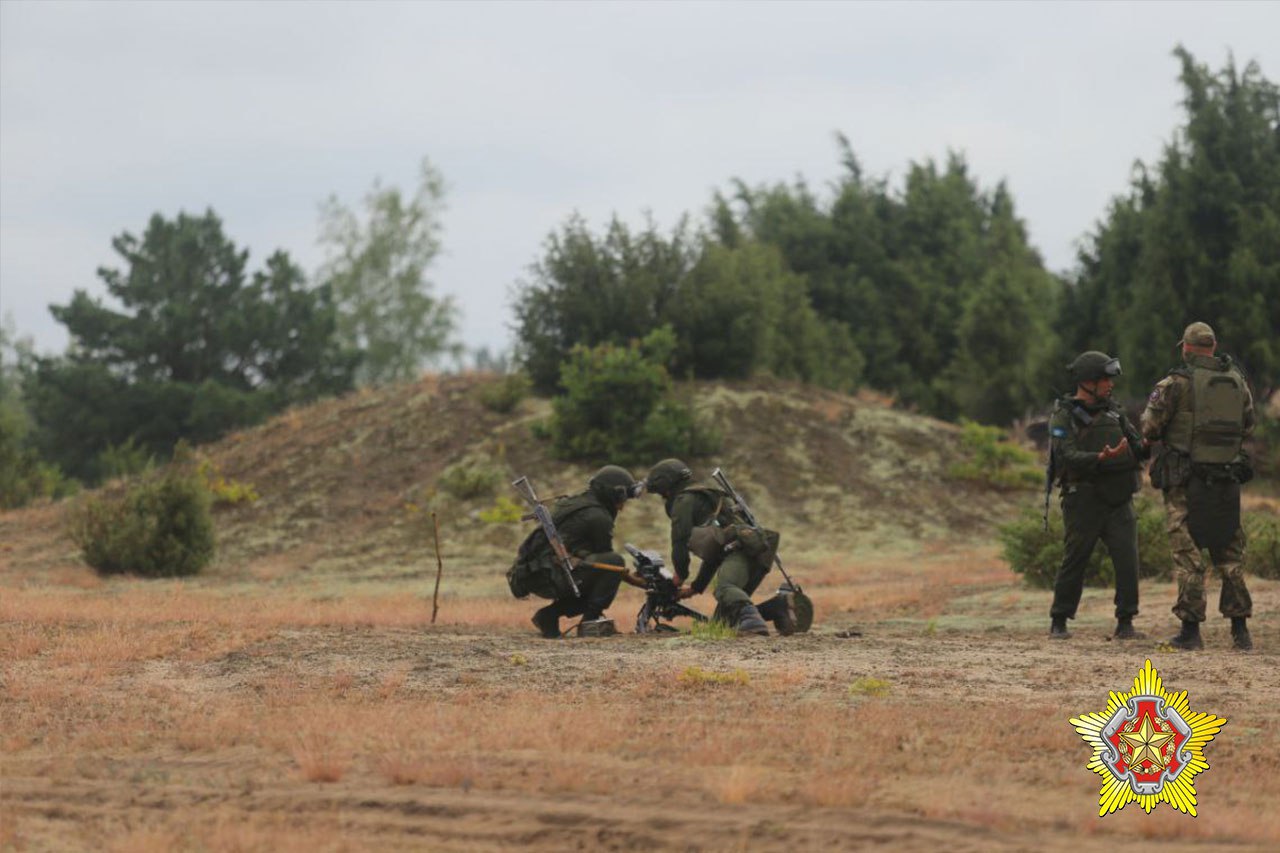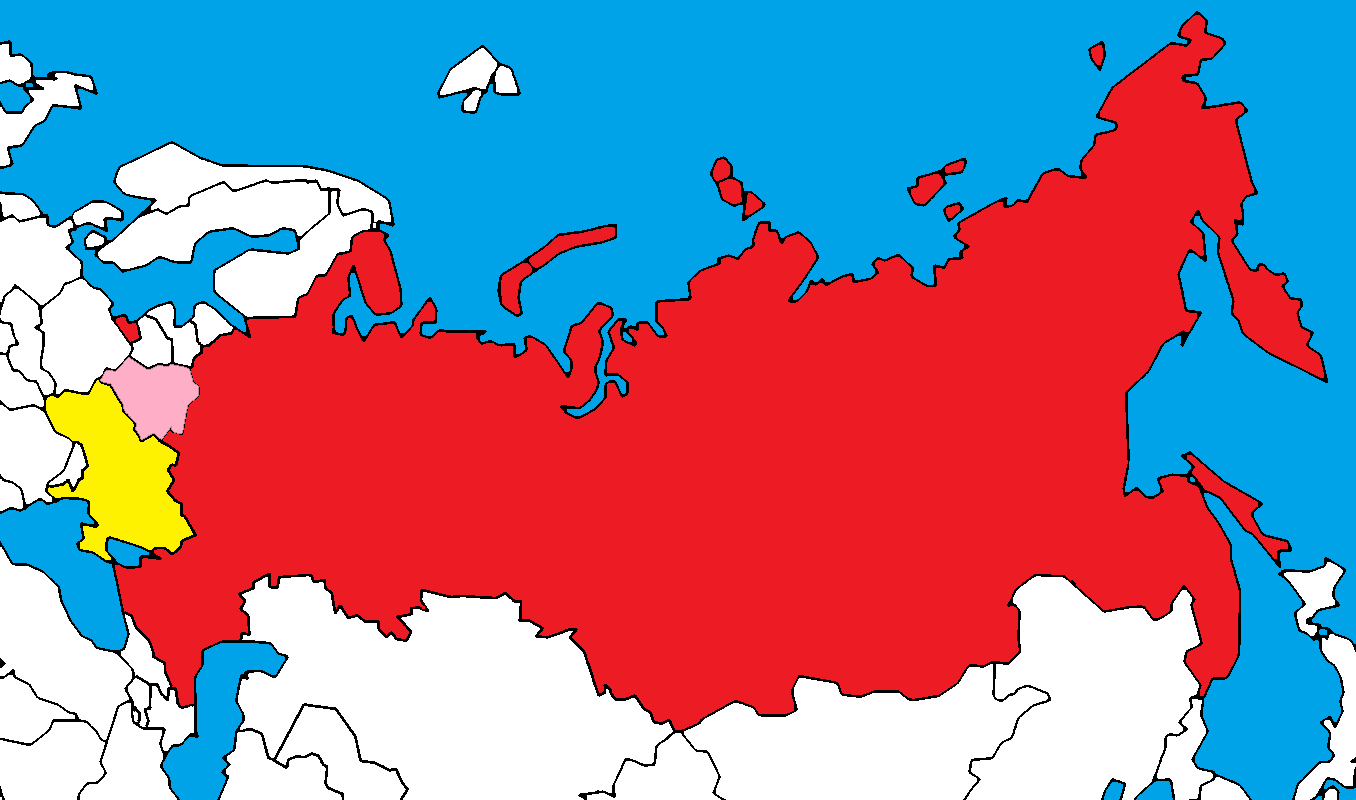The Belarusian MoD has stated that Wagner PMC fighters will train Belarusian troops, but the concentration of forces in Belarus suggests otherwise, writes the Ukrainian portal Defense Express.
Starting from 11 July, at least 13 Wagner columns with troops and equipment have arrived in Belarus, where they were allowed to go to join their financier Yevgeny Prigozhin following an unsuccessful mutiny in Russia, according to the monitoring project Hajun.
As of 24 July, the project reported at least 3,500 Wagnerites present in Belarus; however, the number is higher now. A spokesman for Ukraine's border guard service said on 29 July that now there are at least 5,000 mercenaries there.
The statistics betray Wagner's officially proclaimed goal in Belarus -- to train the Belarusian Army, Defense Express writes. The total size of the Belarusian army is around 48,000 troops, including 11,700 ground troops. This implies that the contingent of Wagnerites in Belarus already constitutes 42% of the troops they are purportedly supposed to be training -- a disproportionally large figure considering their declared mission. Furthermore, Wagner's numbers in Belarus could rise to 10,000, Babel reports, citing Telegram channels.
This means, Defense Express writes, that the mercenary base in Belarus could serve as a distribution point to African countries, for cross-border raids into Ukraine (a scenario that the country is actively preparing for), or for wreaking chaos in neighboring Poland. Belarusian dictator Alyaksandr Lukashenka hinted at the latter option in a statement suggesting that the Wagnerites would like to make an "excursion" to Poland's Warsaw and Rzeszów.
The Polish Prime Minister Mateusz Morawiecki has recently offered proof that such a scenario is possible, confirming that 100 Wagnerites are moving to the Suwalki Gap, NATO's weakest point in Europe.
Most Wagnerites are located in Belarus' Mogilev Oblast. "Training sites" for the so-called territorial defense of Belarus have been set up, with Wagner's men as instructors, near Osipovichi there. A large Wagner camp is being built in the village of Tsel in the same region.
A recent satellite image analysis by RFE/RL's Belarusian desk revealed that as of 25 July, the camp hosted 754 pieces of equipment, namely:
- 62 tarpaulin trucks;
- 534 vehicles of similar dimensions to UAZ pickups, UAZ vans, UAZ minibuses (so-called "loaves"), Gazelle-type minibuses, UAZ Patriots, passenger cars;
- 33 buses of various modifications;
- 99 trucks of various modifications, including platforms with equipment, which seems to be mostly construction;
- 26 trucks or similarly sized vehicles with military coloring. These could be Urals, Kamaz, or armored vehicles.
Since then, the amount of equipment has increased, as Wagner columns keep coming in to Belarus from the previous location of the PMC, in occupied eastern Ukraine.

Wagner in Belarus
- Wagner, once playing a prominent role in Russia’s assault on Ukraine, has relocated to Belarus after its financier Yevgeny Prigozhin announced a “march” on Moscow on the evening of 23 June 2023. He initially claimed that Wagner’s headquarters were allegedly shelled by Russian forces but later reached an agreement with the Russian authorities and withdrew his troops.
- In response to the mutiny, Putin allowed Prigozhin to leave to Belarus. The Wagner group members who wanted to follow were allowed to leave, as well, while the others were required to become part of the Russian Army. Belarusian self-declared President Alyaksandr Lukashenka stated that the Wagner Group would train the Belarusian army.
- On 15 July, border guards confirmed the arrival of Wagner Group fighters in Belarus. The Belarusian MoD said that the PMC has begun training Belarusian troops. However, Ukraine has stated that Wagner is recruiting locals for military operations in Poland and Lithuania.
- Polish PM Morawiecki has warned that the movement of 100 Wagner units towards the Suwalki gap, a major NATO vulnerability, is a step towards a hybrid attack on Poland.





